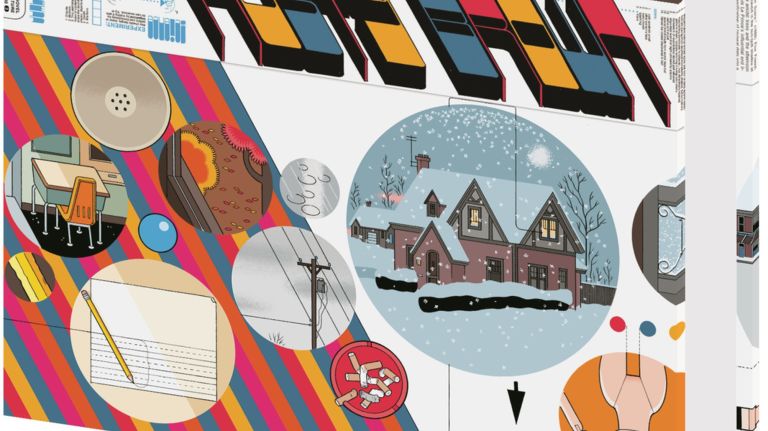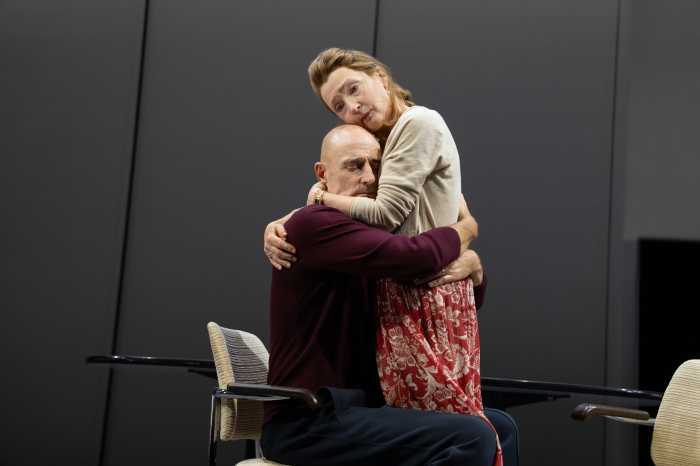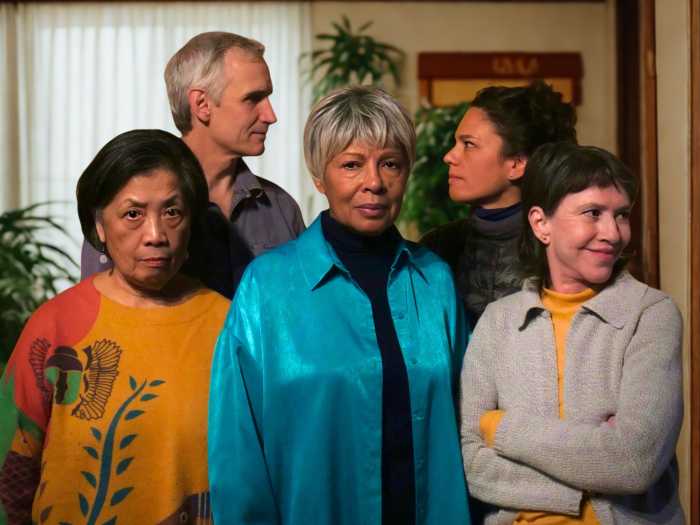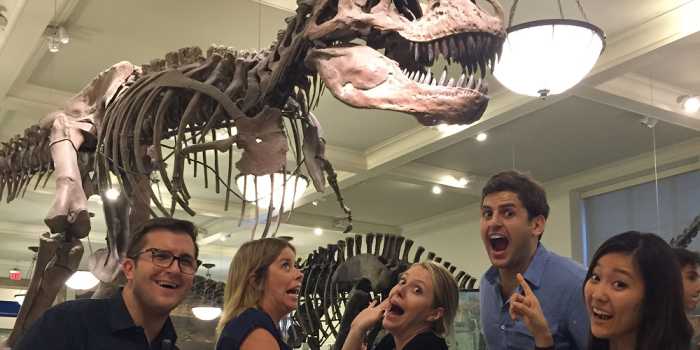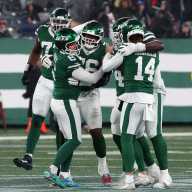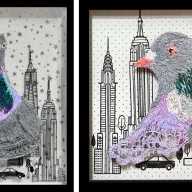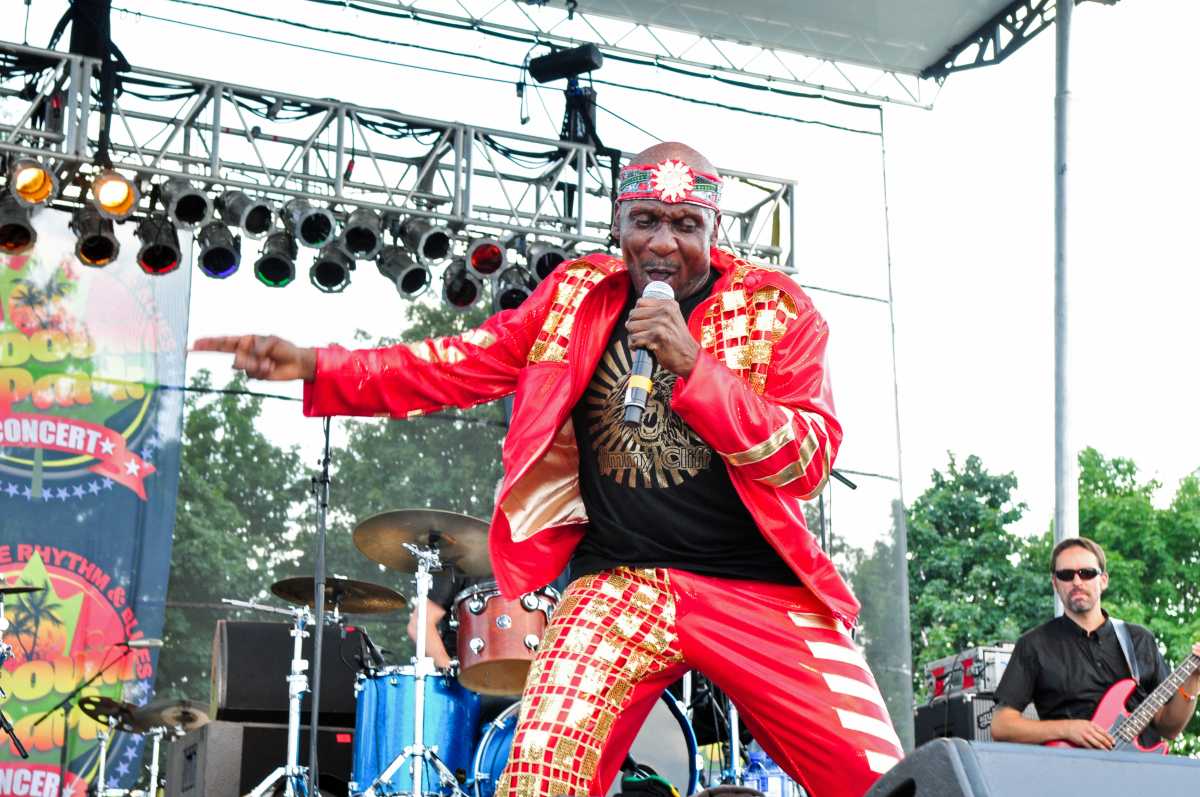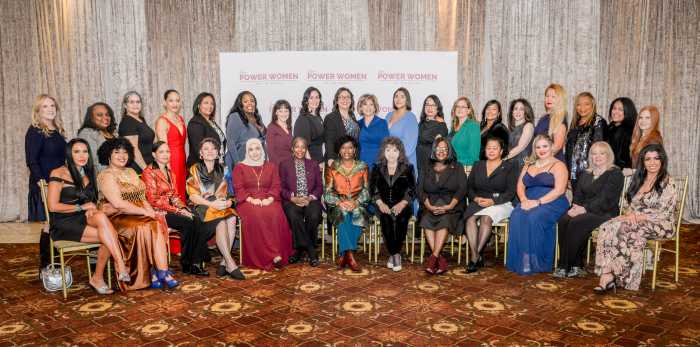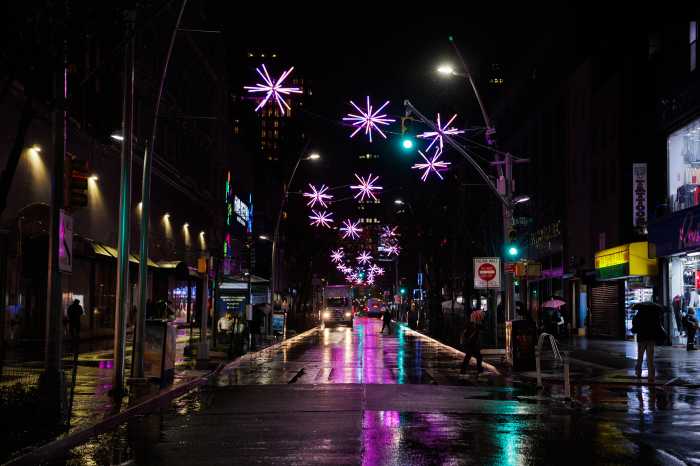
From “New Yorker” magazine covers to serialized comic strips to multi-item story boxes, graphic novelist Chris Ware can draw it all.
His new work, “Rusty Brown,” is nearly 400 hundred pages, with Easter eggs and outtakes on the cover and dust jacket. It tells not one story, but several, all interconnected. He worked on it off and on for 19 years, and it is only volume one.
Even with such massive projects, Ware, 51, told amNewYork that he still works “in pencil and ink on paper, just like in the old days,” but now adds color digitally, thereby alleviating the “weekly migraines.”
His characters are Midwesterners, like Ware who lives outside Chicago, and many of them are flawed — depressed, lonely, judgmental, violent, even hateful. But they are all striving. Ware said he hopes our baser traits, even if they are somehow inherent to our humanity, are ultimately eradicable. “Otherwise, what’s the point?” he said. “It takes great effort to be good, and hardly any to be bad. I find it endlessly frustrating that our culture seems to find the latter much more interesting than the former.”
Ware spoke with amNewYork over email about his new book.
Teachers abound in your work. Are there particular educators who had a profound affect on your life?
Yes, my middle school English teacher Jackie Byers made me read “Of Mice and Men” and it changed my life, the first book that ever made me cry and shifted my attitude toward books and, more importantly, toward life itself. Before that, I only read science fiction and comic books. My wife and most of my friends are teachers, and I respect what they do more than anyone because theirs is the most important job there is.
Race and indeed racism, especially the “casual racism” of older generations, is ever-present in your work. Is this something you saw growing up or something you still see in the US?
Yes, and yes. It’s the central symptom of the American lie, a country that never has been and never will be great until its legacy of slavery, murder and land theft starts to be accounted for.
Jordan’s story in “Rusty Brown” covers so much ground. How do you plan these incredibly elaborate and sweeping stories?
That particular story is an attempt to tell an entire person’s life at the rate of one year per page, with the visual/linguistic approach aligning as closely as possible to the relative complexity of the main character’s developing consciousness. When I started the chapter I had lots of notes and ideas, nearly all of which were thrown out the moment I set pencil to paper, because any idea I get while drawing is always better than the ideas I got just staring at a wall.
How did you arrive at your utterly unique style?
I’m simply trying to use the multilevel possibilities of images and text to recreate as thoroughly as possible my experiences of human life and consciousness on the page as I’ve come to know them. It’s really no different from what regular writers do — I just happen to do it in thousands of tiny full-color drawings. Ultimately, I’m trying to make books that make life feel worth living.



